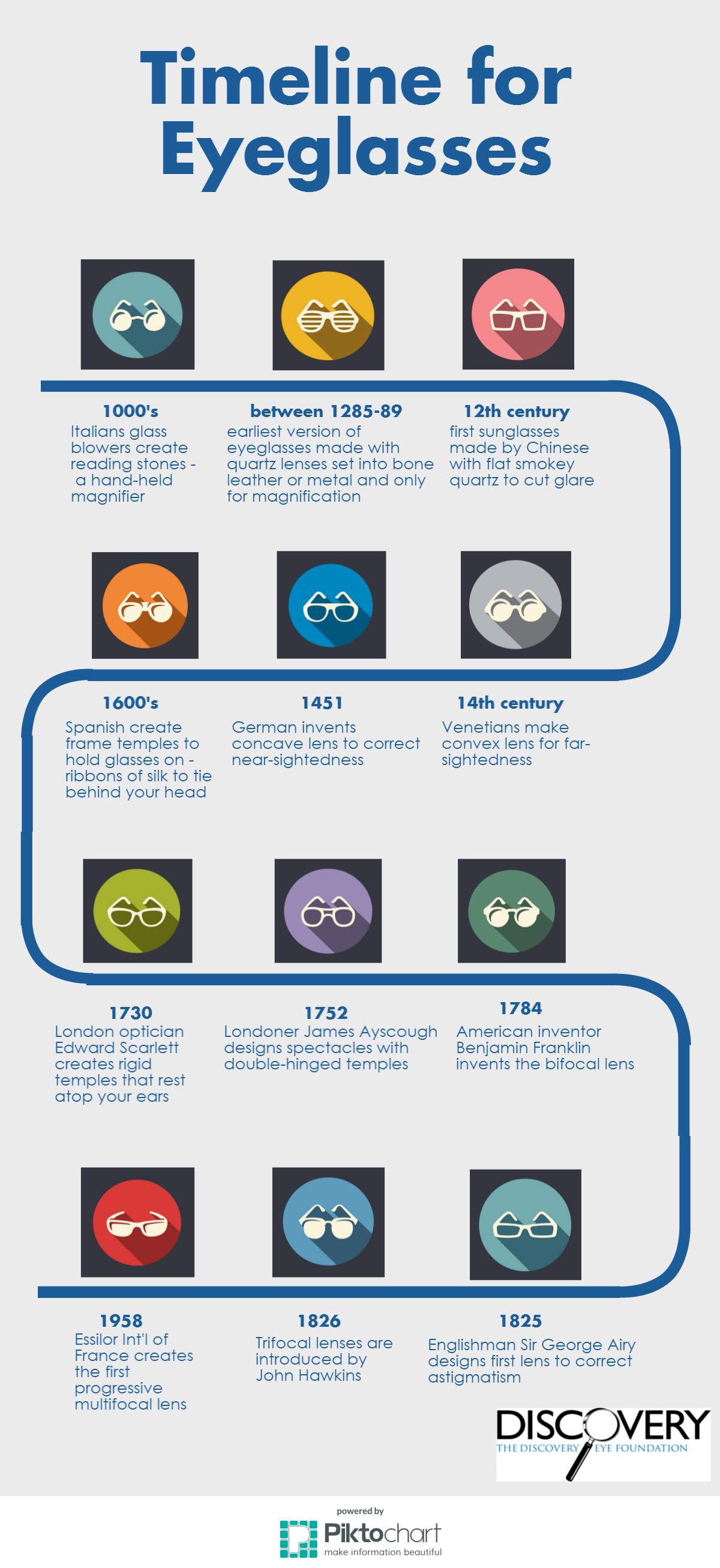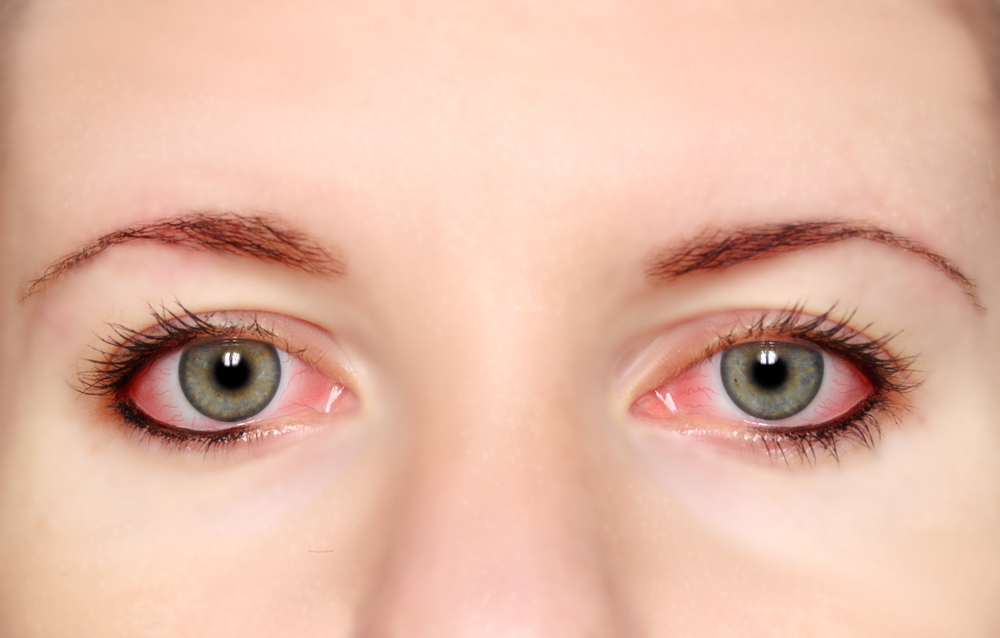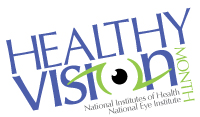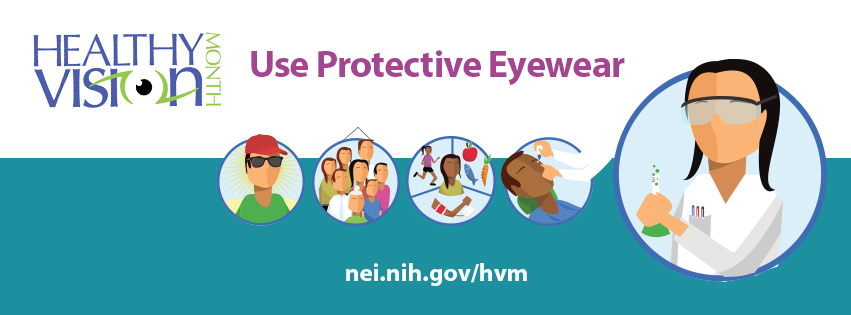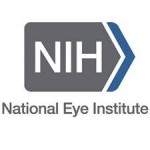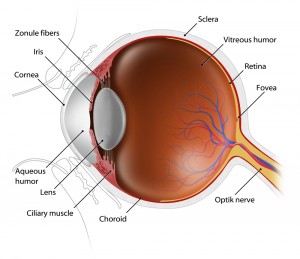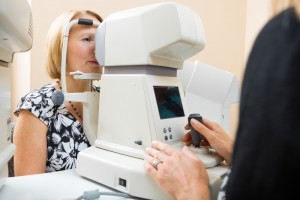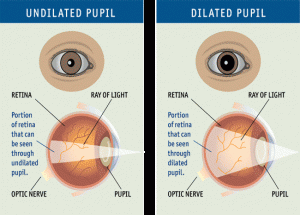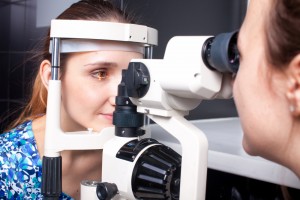What Good is Sitting Alone in Your Room?
Traveling with low or no vision
There is a whole world out there to discover — regardless of whether you can see it all with your eyes. No one will tell you traveling with low or no vision does not present challenges, but there are precious few that cannot be overcome with planning, creativity and patience.

A plethora of for-profit and nonprofit companies exist to help you navigate the complexities of traveling with a vision disability — from technology and websites, to travel agents and tour operators. And don’t overlook helpful — and free! — resources such as your friends and family, assistance pets and even complete strangers.
Travel Tools
Everyday tools become even more essential when you are traveling in unfamiliar surroundings. A mobility cane (consider a small travel version) will let you find your way more easily — and notify others of your vision issues. This is especially helpful for two reasons: Strangers are less likely to get in your way and more likely to help if you ask for it. In a recent DEF blog post (“Visual Aids and Techniques When Traveling”
Linda Becker, who has retinitis pigmentosa (RP) and travels primarily with her guide dog, is planning her next trip to Australia and New Zealand with Mind’s Eye Travel, a company that specializes in creating tours especially for people who are blind or visually impaired, as well as providing sighted guides. There are many such companies that will assist you with all facets of travel, from immigration documents to reservations to tour guides. Traveleyes offers discounts to sighted travelers in exchange for helping guide non-sighted travelers during group vacations around the world. DisabledTravelers.com is a good resource for companies that specialize in travel for people with accessibility issues. It includes reviews and recommendations on everything from airlines and cruises, to travel agents and hotels.
Plan, Prep, Pack
Ask any experienced low-vision traveler, and they will tell you planning, planning and more planning is the key to successful travel. Not only will it make your trip go more smoothly, it will give you peace of mind, as well as the ability to relax and enjoy yourself. The fewer surprises, the more confident and comfortable you will feel. And if something does goes awry, it is easier “go with the flow,” because everything else has been planned.
Right at the top of the list with planning is, well, making a list. Prepare a list of all the items you will need, then double it. That means if you wear contact lenses, pack at least one extra pair, as well as cleaning solutions. Same goes for glasses and sunglasses. Make sure you have plenty of the medications and other supplies you use on a day-to-day basis. Most seasoned travelers suggest you have multiples of all these stashed in different bags: your carry-on, your suitcase and a handbag of some kind that never leaves your side. This way, if one bag gets lost, you still have another one or two. Sample sizes may become your best friend!
Carolyn Hammett, an accomplished photographer and world traveler who has keratoconus (KC), advises: “Be prepared; having backups makes you more comfortable. Be ready to change contact lenses in public restroom if you need to. Have one of everything you need, vision-wise, with you at all times.” To learn more about Hammett and see what she packs for a two-week trip, see “Through a Lens with One Eye Blind,” a story from our recent e-newsletter focused on travel experiences and tips.
“Leave extra time, notify airlines or others in advance that you may need assistance, and don’t be afraid to ask for help,” says Adam Lawrence, who also has RP and travels regularly with his guide dog. (Read more about traveling with guide dogs in “Traveling Tails”, from an article in our recent e-newsletter.
Speaking of help, don’t forget the helper sitting next to you right now, whether it’s a spouse, a friend or a guide dog. Traveling alone can be vexing for people with full vision, so it’s natural for those with low vision to feel even more anxiety.
Dame Judi Dench, who has age-related macular degeneration (AMD), recently told Radio Times she no longer travels alone. “I need someone to say, ‘Look out, there’s a step here!’ or else I fall all over the place like a mad, drunk lady,” she said.
“Don’t travel by yourself the first time — go with someone you trust, and let them know how much help you want,” Hammett says. “I’ve gotten to the point where I tell my husband, ‘Don’t tell me anything until I screw up.’”
With planning, preparation and practice, you may get to a point where you feel comfortable traveling alone. You will only know your limitations if you try to stretch them.
“Just try,” Hammett says. “Do it once to find out if you can.”
Additional Resources
Access-Able Travel Source’s “Travel Tips for People Who are Blind or Visually Impaired”
Society for Accessible Travel & Hospitality
Transportation Security Administration’s “Passengers Who Are Blind or Have Low Vision”
5/14/15
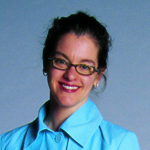 Lauren Hauptman
Lauren Hauptman
Lauren Hauptman INK


